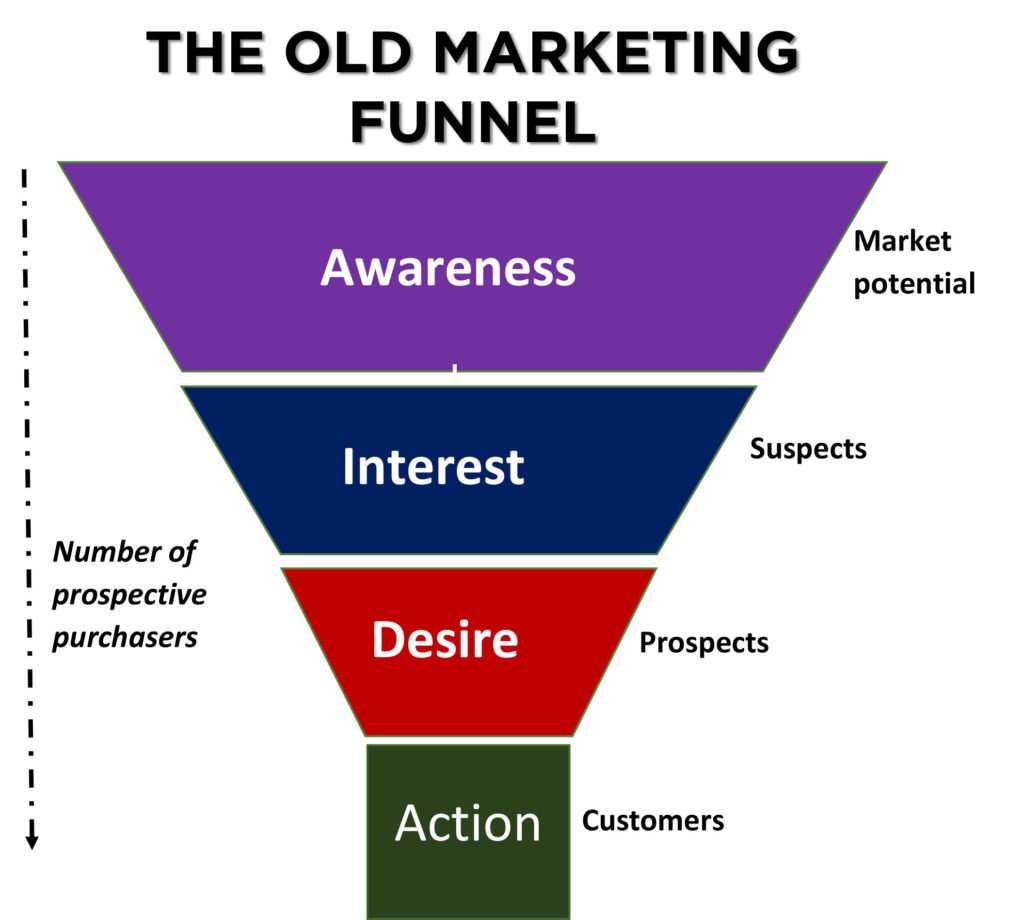
One of the most challenging aspects of social media is ensuring that your content remains relevant and accurate. Although social media is a powerful tool for spreading awareness, there can be a lot misinformation. It can be difficult to trace and verify. Social media professionals must label and source content in order to combat this problem. The following tips will help manage demand and preserve ethical boundaries within an organization.
Managing demand
B2B marketing faces the challenge of managing social media demand. Despite the benefits of social media, many struggle to leverage it to its full potential. Social media marketing is a difficult tool for lead generation, according to 49% of B2B marketers. This is a good indicator that your demand management program needs some work. You can use social media to create and manage demand-generation content.

Respecting the company's ethical boundaries
Both internal and externe communications should be conducted within the guidelines of an organization’s social media policy. Social media can be a great way to spread the word about products and services. However, employees may not follow company policies and could face severe consequences. Lawyers Weekly's article describes how the company's social media staff 'Twittered the details of a recent court order. This violated many laws leading to the loss and forfeiture of the award.
Managing video content
Video can be a powerful tool in your social media marketing plan. Video will not only reach a wider audience but also increase traffic. While video marketing is the future, it is important to create quality content. Here are some tips to make video content engaging and useful. Let's get started. 1. Know your audience

FAQ
What are the 7 Steps of Content Marketing?
The seven-step process of content marketing involves:
-
Identify the problem
-
Learn more about what's happening now
-
Create new ideas
-
Use them to create strategies
-
You can test them
-
Measure results
-
You can continue this process until you find something that works.
This approach is proven to work for all businesses, large or small.
How can you build a content-marketing strategy that works?
To create an effective content marketing plan, first, determine what kind of content you want to produce. Next, determine who your target audience is and how they use internet. Next, you will need to identify the channels that are most likely to reach your target market. Next, identify the best keywords for each channel. Finally, write compelling copy for each piece.
What are the different content strategies available?
Content strategy is an umbrella term used to describe all aspects of how you create, manage, distribute, measure, and optimize content for digital channels. This includes not only what you post on social media sites like Facebook and Twitter, but also what you highlight on your website, blog and other online properties.
Content strategy is important as it lets you know where your attention should go, what content you should use, how to communicate your messages to your audience, and which types of content you should use.
It's all about understanding how content fits into your overall business goals and objectives in order to help achieve them.
How does Content Marketing Strategy work for me?
Content Marketing Strategy allows you to access data that you might not otherwise have. This data allows you to measure which types of content perform better than others.
It will help you determine the best strategies to increase traffic to your website. It gives you insight into your audience to help you develop better content.
This allows you to focus on the good content and less worrying about whether it works.
A Content Marketing Strategy can help you determine what messages resonate best with your audience.
These messages can be used to help you identify the content that they are most interested in. This will allow you to create similar pieces of content, and help keep your ideas alive.
A Content Marketing Strategy allows you to track the performance and effectiveness of your content. As you continue sharing different content types, you can easily see which ones convert better.
A Content Marketing Strategy can be summarized as the key to ensuring that your content performs well.
Statistics
- According to our research, 65% of companies with very successful content marketing in 2021 ran content audits at least twice a year. (semrush.com)
- Forty-seven percent of buyers view 3 to 5 pieces of content before engaging with a sales representative. (mailchimp.com)
- This marketing strategy landed Ford a 15.4% conversion rate. (neilpatel.com)
- Companies that use content marketing see approximately 30% higher growth rates than businesses not using it. (mailchimp.com)
- In fact, would pay more for a better customer experience, and 86% of B2B buyers would pay more. (neilpatel.com)
- Seventy-two percent business to business (B2B) (mailchimp.com)
- Out of the 1,500 marketers we surveyed for our State of Content Marketing report, 78% who felt their content marketing strategy was exceptionally effective in 2021 had documented their strategy. (semrush.com)
- We found that 40% of businesses don't have a documented strategy yet. (semrush.com)
External Links
How To
How do you develop a content marketing strategy?
The first step in creating content for your clients is to define what kind of content. Once you've established your content goals, it's time for you to begin creating content. This may involve creating an editorial schedule and planning where these pieces will come. Content should always be purposeful. It doesn't matter if it's blog posts, social media updates, e-books, or anything else, but they should all serve a single goal.
After you decide what content type you want to produce it is time to discover who your target market really is. So who are they interested in, and why would they care about whatever you're offering them?
Next comes the task of identifying your target audience and finding ways to communicate. You can connect with people through social media, but there are other options available, such as podcasts, videos, and webinars.
The next step after deciding how to communicate with your market is to decide what topics or types of content you want. This goes back to the purpose of writing the content. What problem does this solve? Are they satisfied? Is it going to make their lives easier?
Now that you know what kind of content you write, it's time to figure out what you want to say. What do you want? On current events? Which products and services are you most interested in? This is your focus.
After you've answered these questions, it's now time to combine all the pieces into one complete package.
Every piece of content should be used for its intended purpose. You don’t want to waste anybody’s time or energy. So make sure that you include quality in every aspect of your content.
It is important to remember that content marketing has many moving parts.